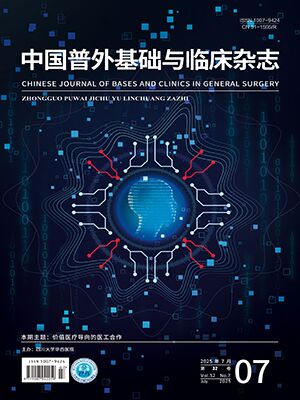ObjectiveTo explore the mechanism of liver capillary permeability in rats with severe acute pancreatitis (SAP). MethodsTotally 40 healthy Sprague-Dawley (SD) rats were randomly divided into two groups: sham operation (SO) group and SAP group, SAP group were divided into four subgroups according to sampling time (3 h, 6 h, 12 h, and 24 h). The model was established by injecting 5% sodium taurocholate retrogradely into pancreaticobiliary ducts. The changes of tumor necrosis factor-α (TNF-α), pathohistology, and tissue moisture content were compared among different groups. Liver occludin protein expression was analyzed by immunohistochemistry method, and occludin mRNA was measured by RT-PCR. ResultsThere was no significant pathological changes of liver tissue in the SO group. Typical pathological changes of SAP, such as interstitial edema, vasodilatation, infiltration of inflammatory cells, were found in the SAP group. TNF-α level and tissue moisture content of each phase increased gradually, and the highest level appeared at 24 h within the observing period. The two above indicators at different time point in subgroups were significantly different from each other and higher than those in the SO group (P lt;0.05). In the SAP group, the expression of occludin and it’s mRNA began to decrease at 3 h to the bottom at 6 h and rebounced significantly at 12 h, 24 h compared with those at 6 h (P lt;0.05), but still lower than those in the SO group (P lt;0.05). ConclusionUpregulation in TNF-α and subsequent downregulation in occludin protein and mRNA maybe bly related to the severe liver capillary permeability in rats with SAP.
Citation: LI Hongsen,HUANG Heguang.. Mechanism of Liver Capillary Permeability in Rats with Severe Acute Pancreatitis. CHINESE JOURNAL OF BASES AND CLINICS IN GENERAL SURGERY, 2011, 18(6): 599-602. doi: Copy
Copyright © the editorial department of CHINESE JOURNAL OF BASES AND CLINICS IN GENERAL SURGERY of West China Medical Publisher. All rights reserved




